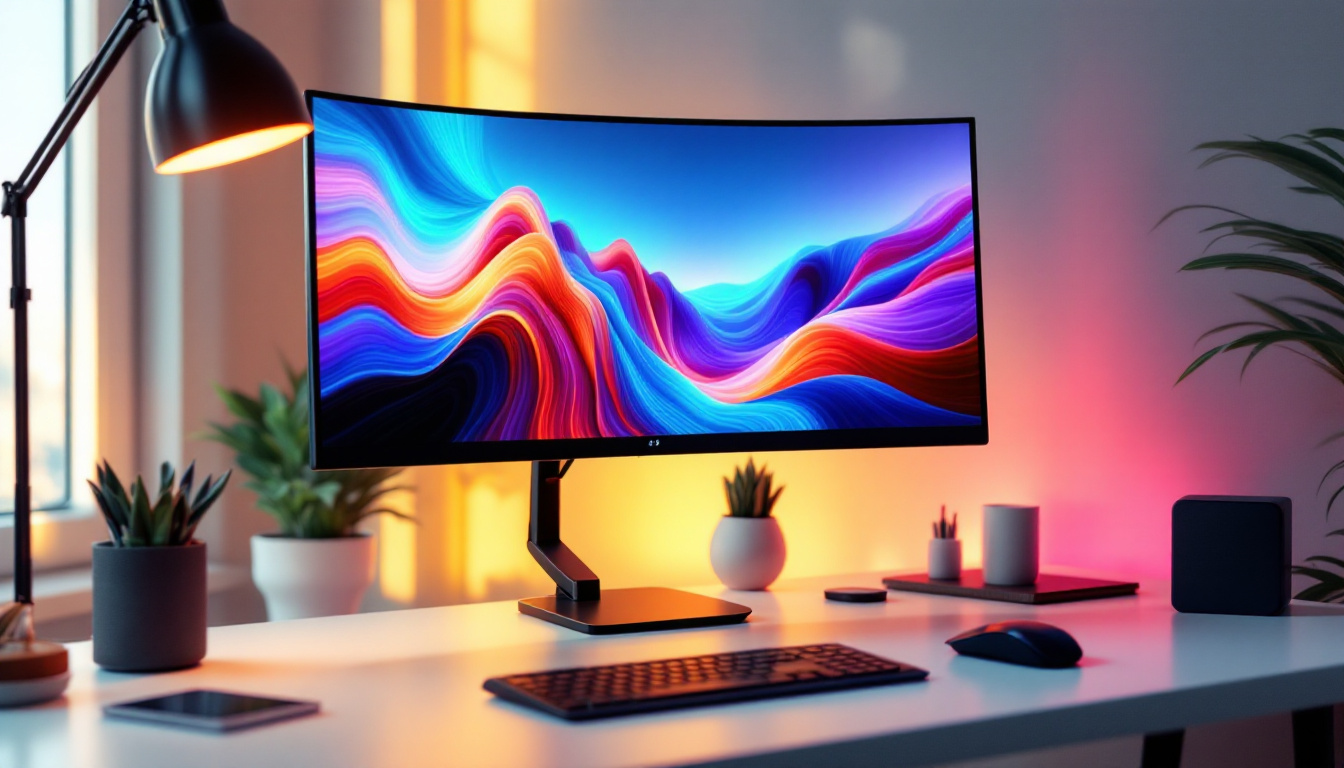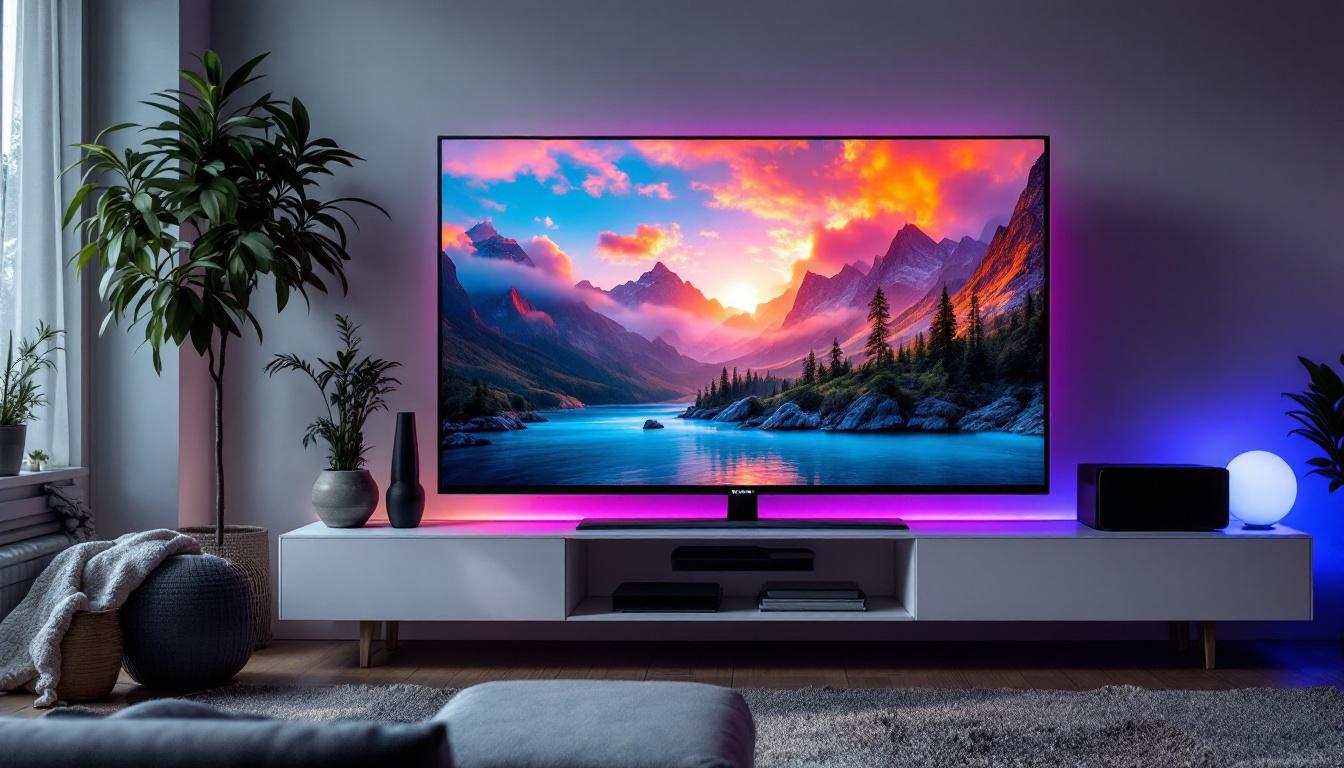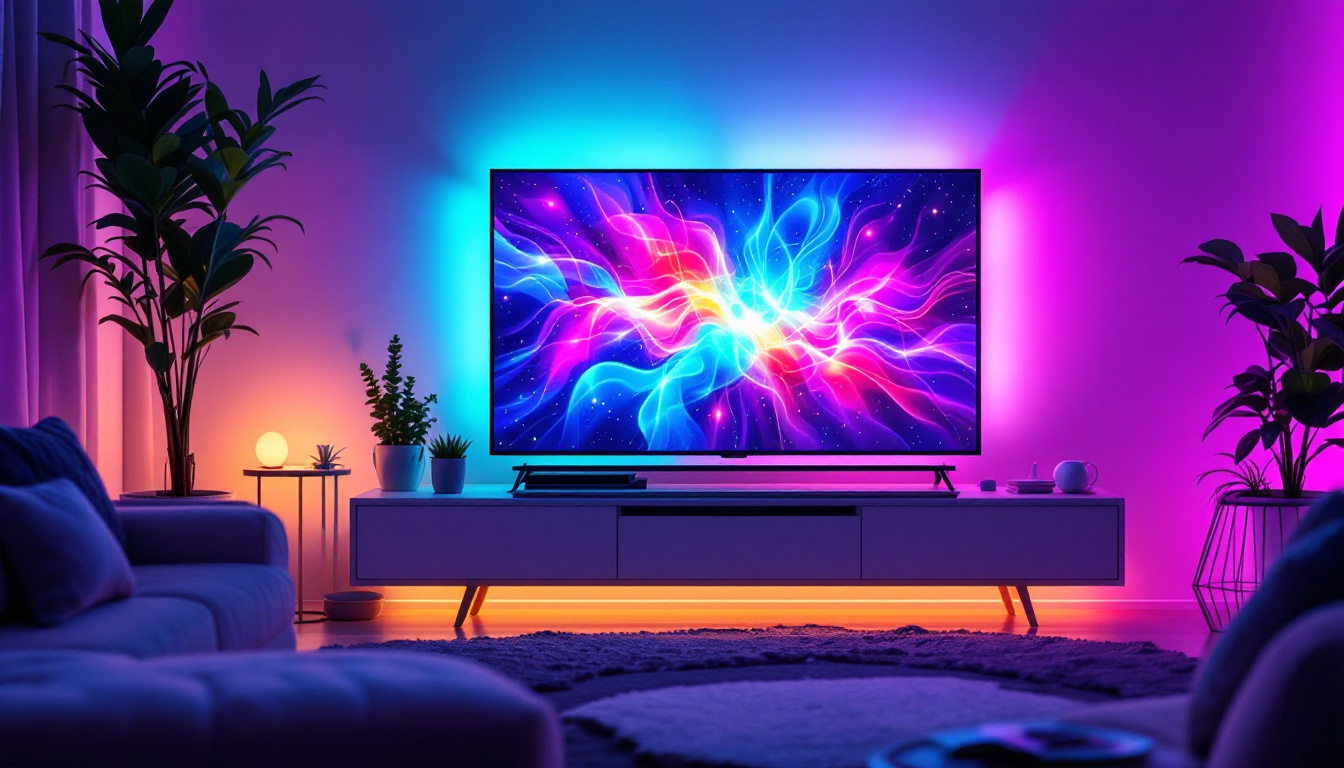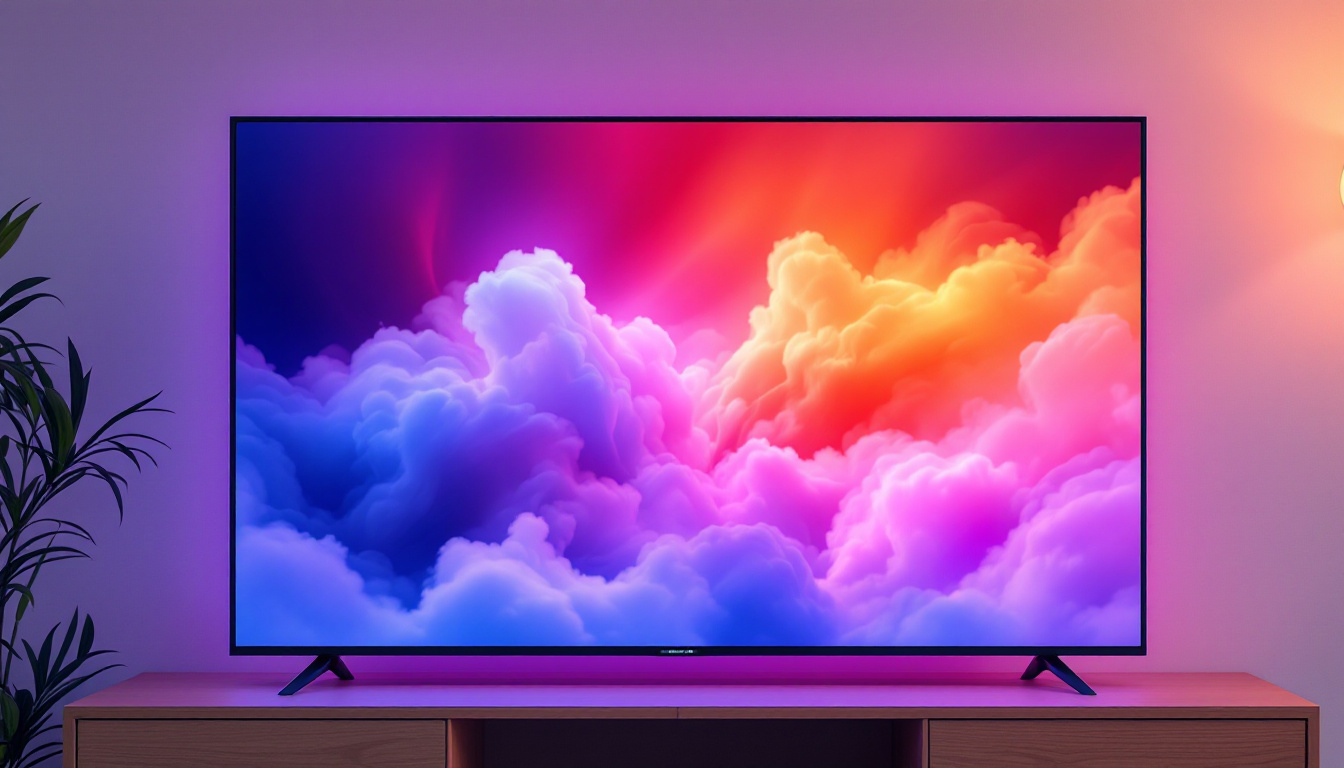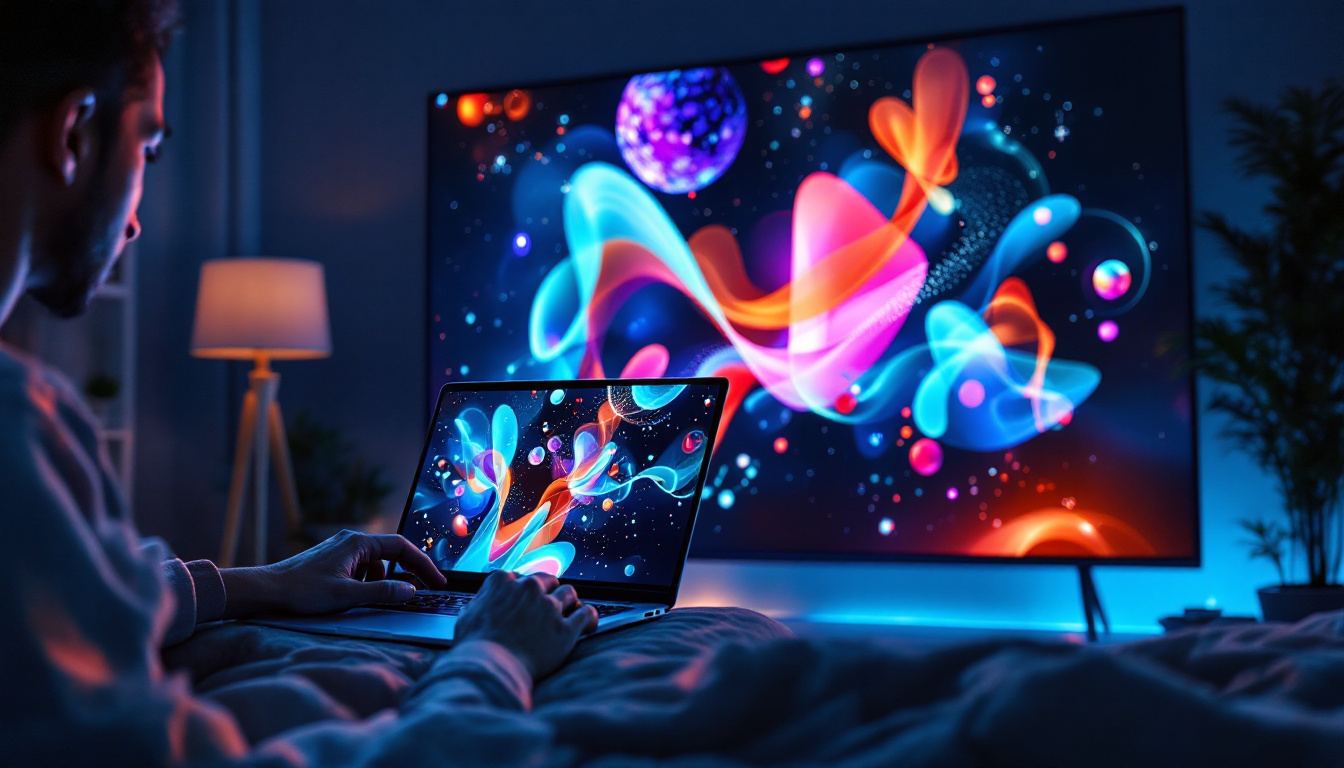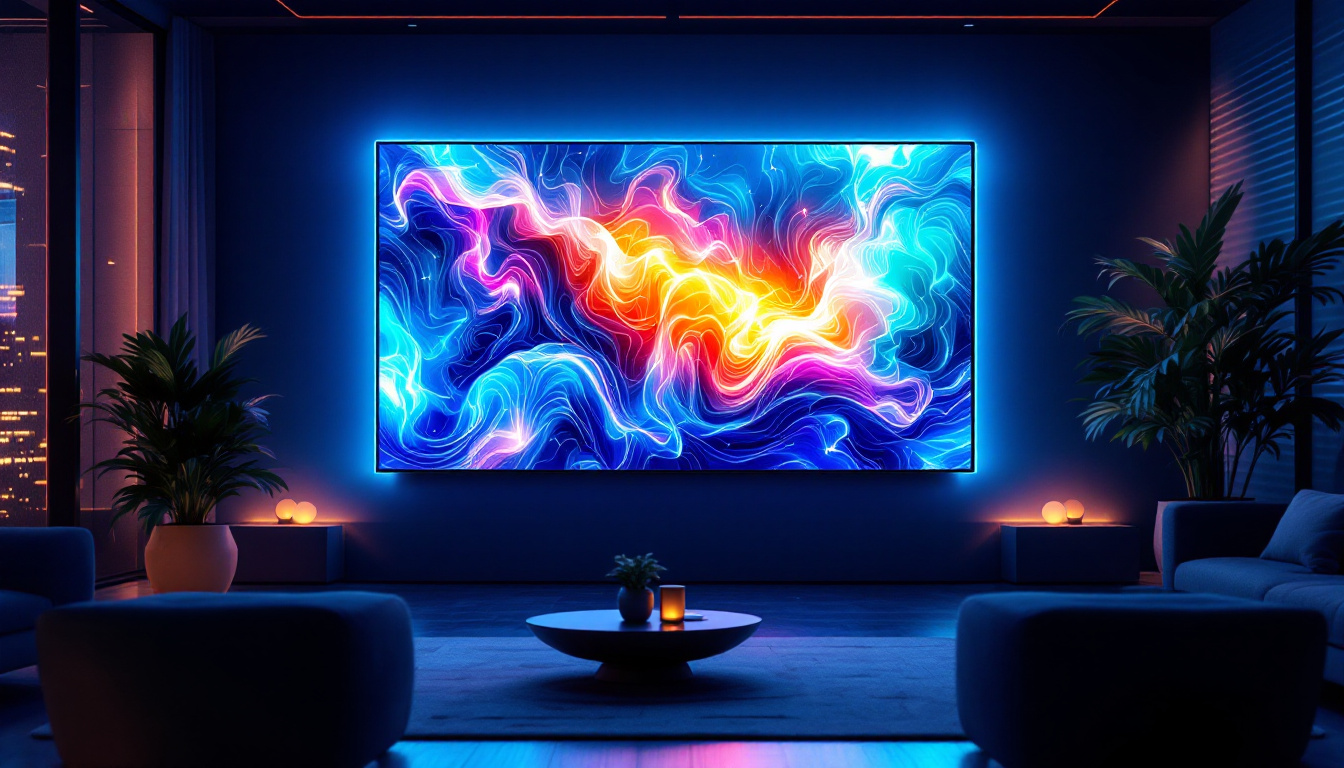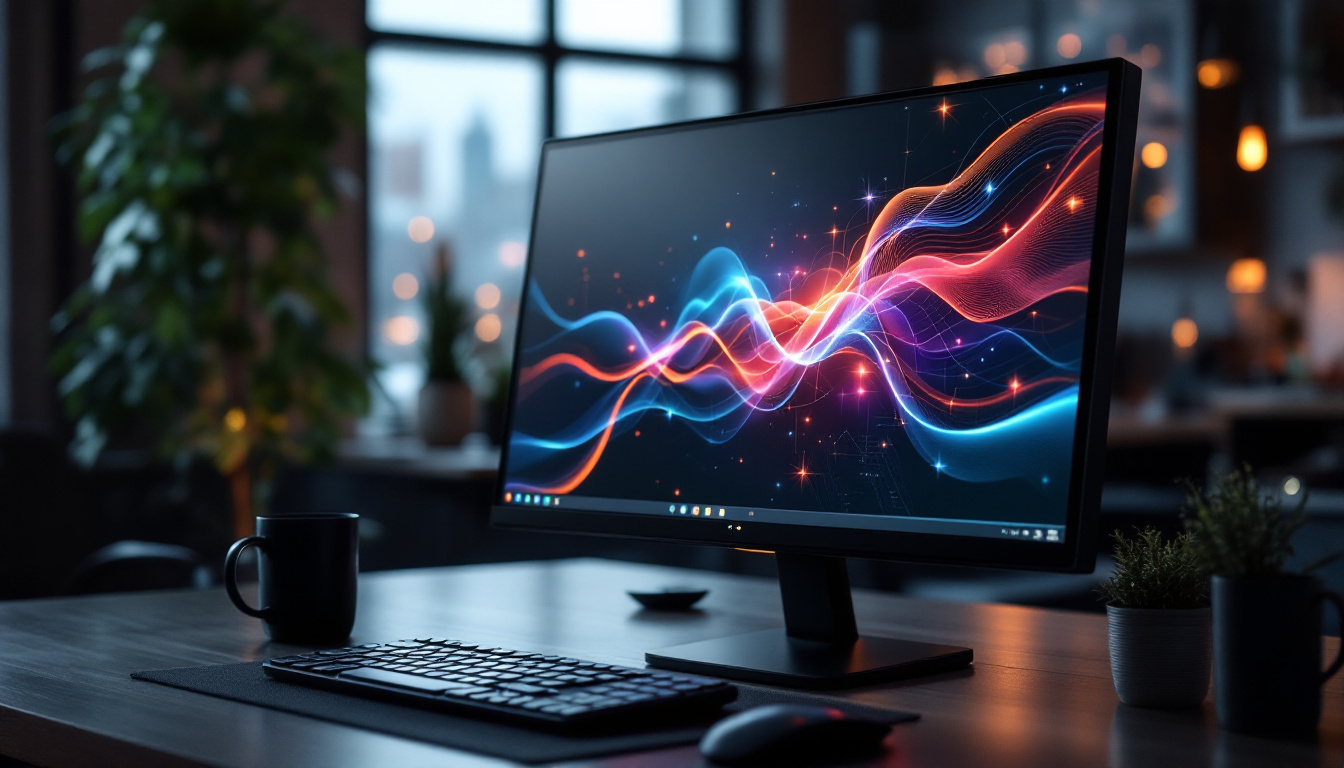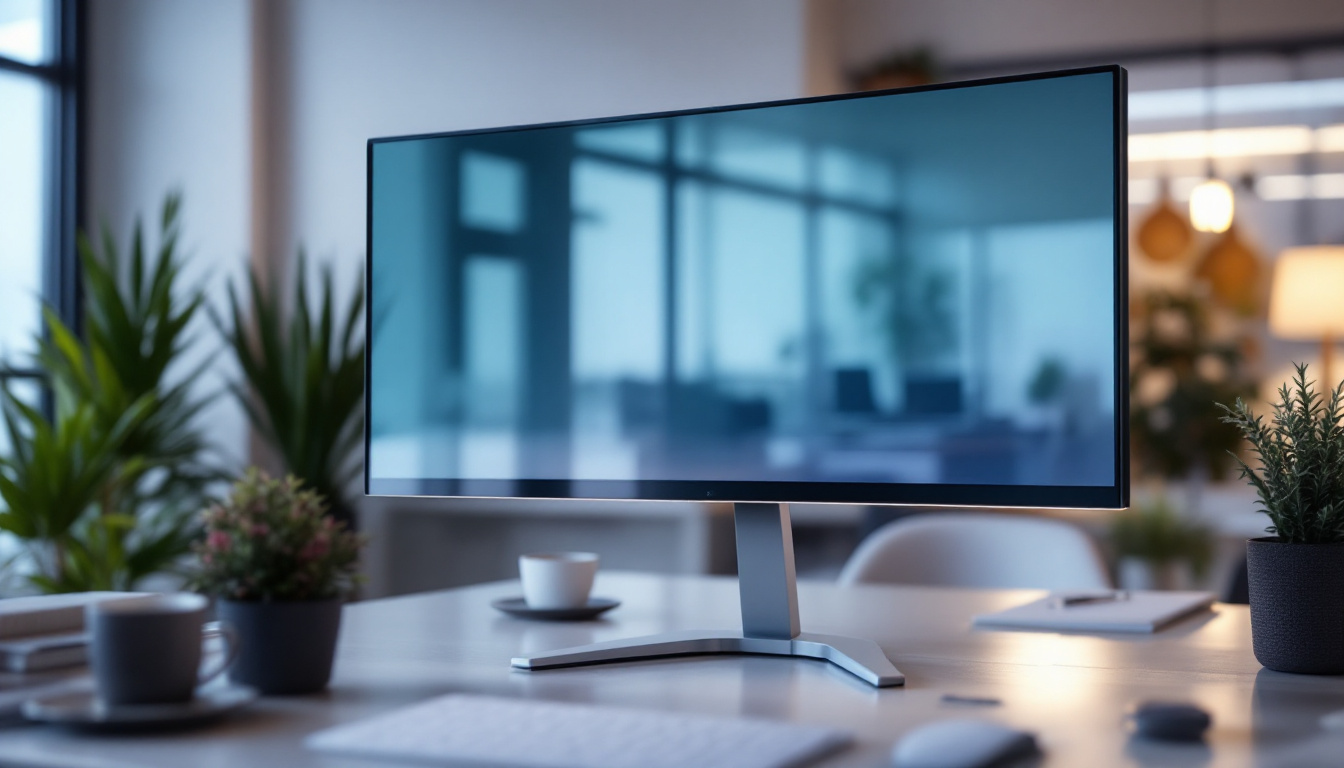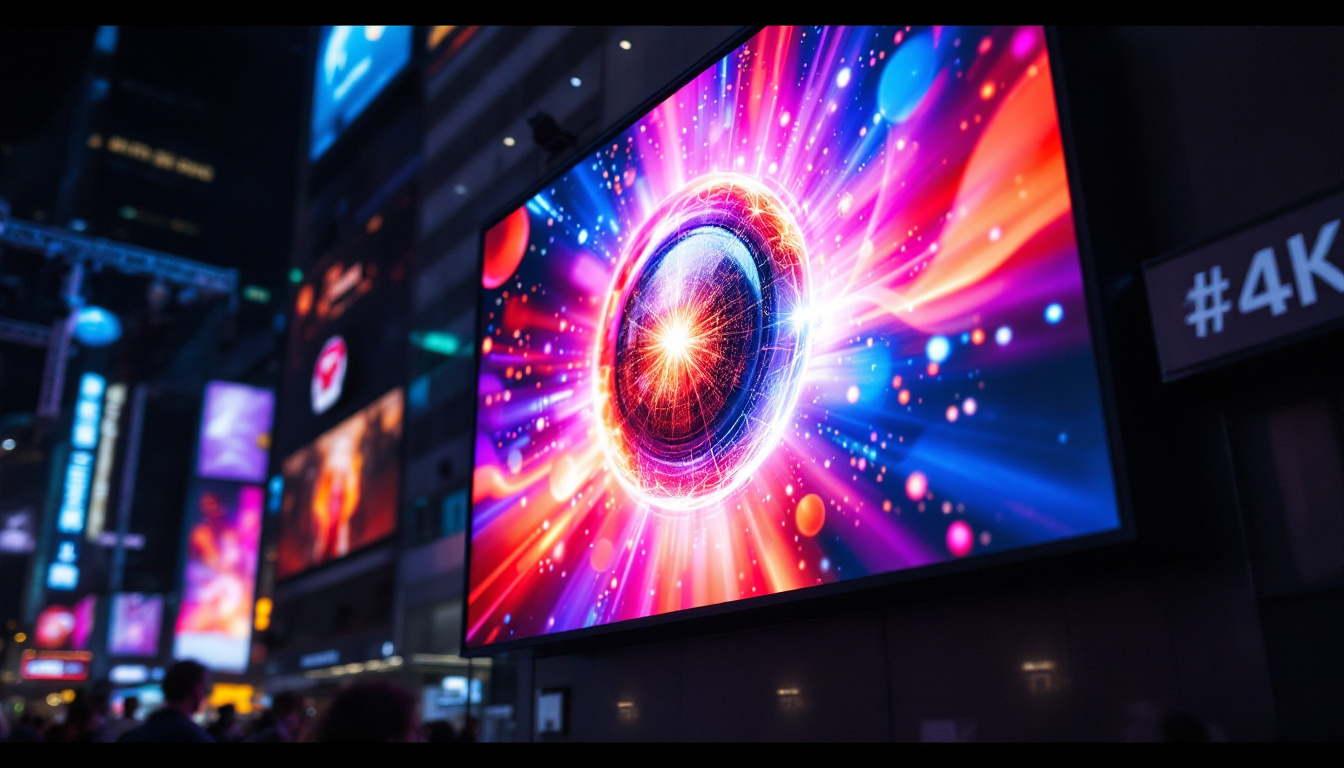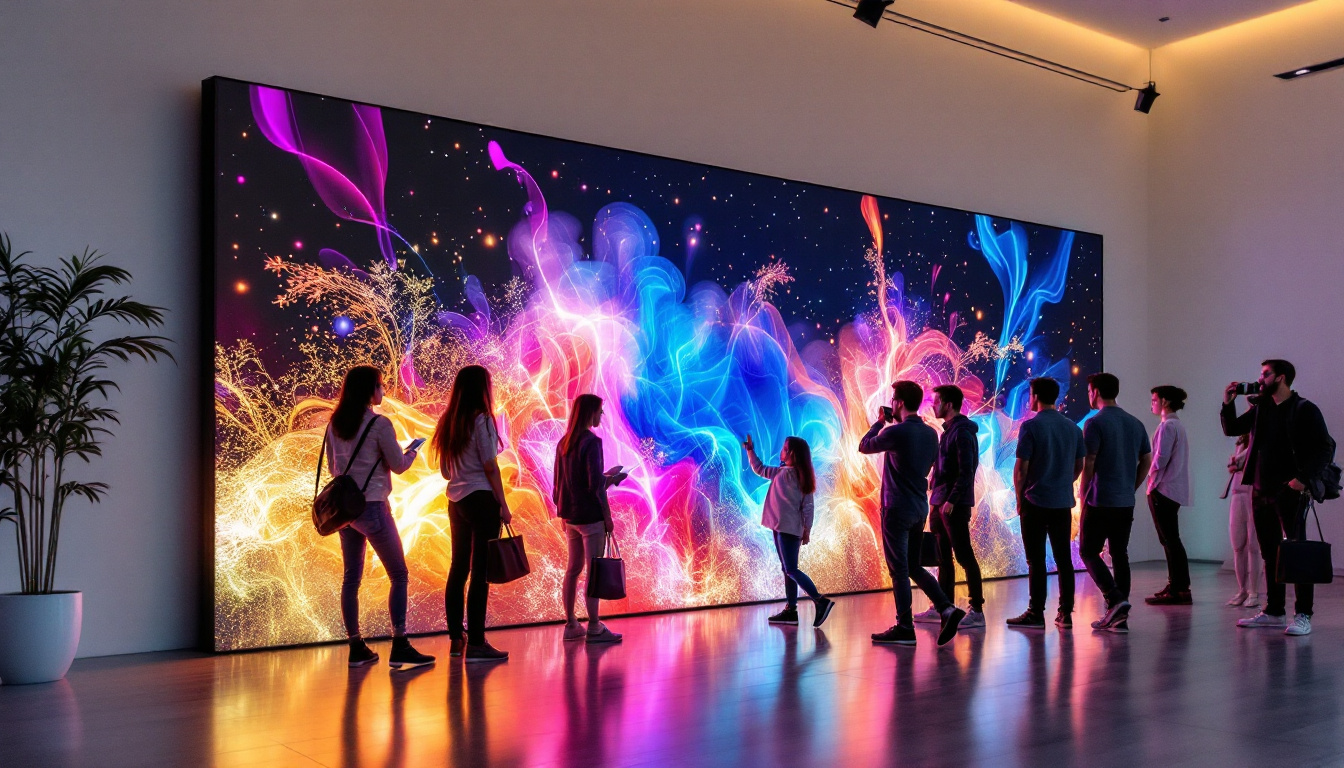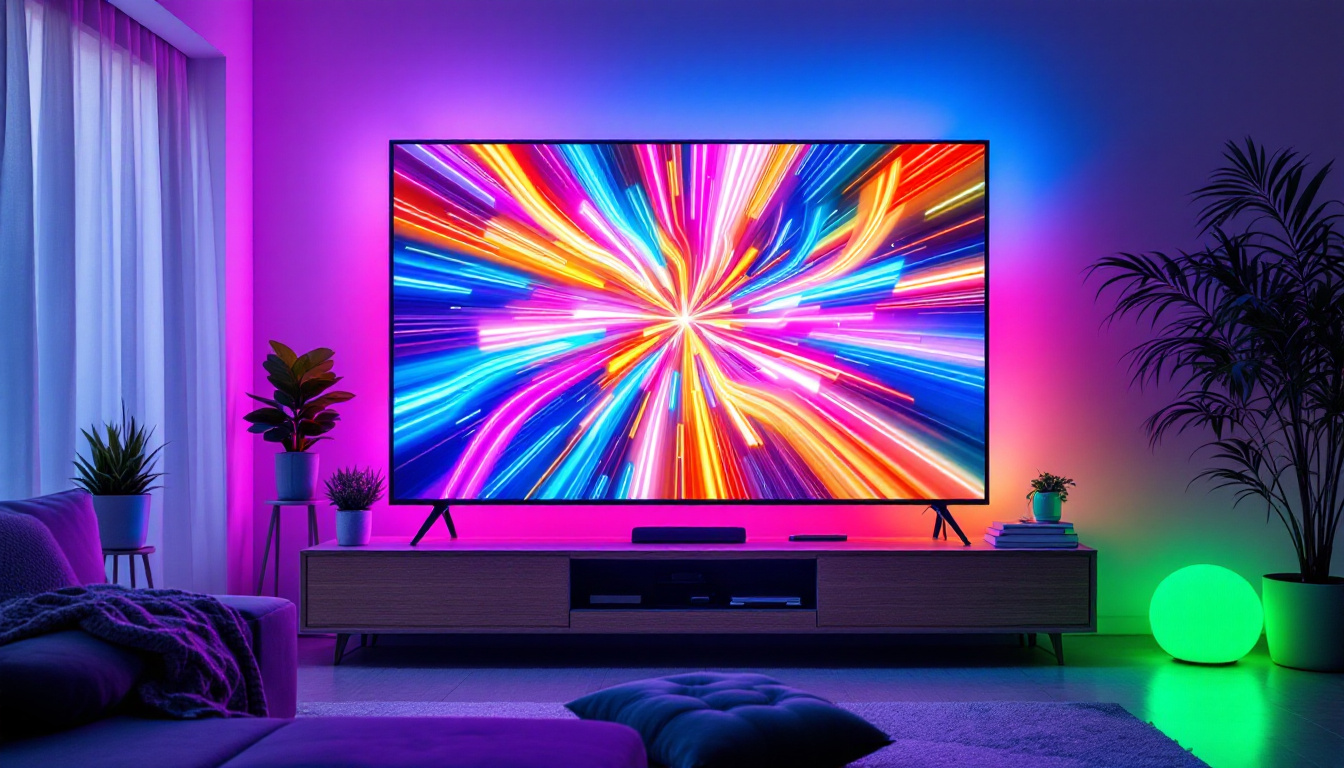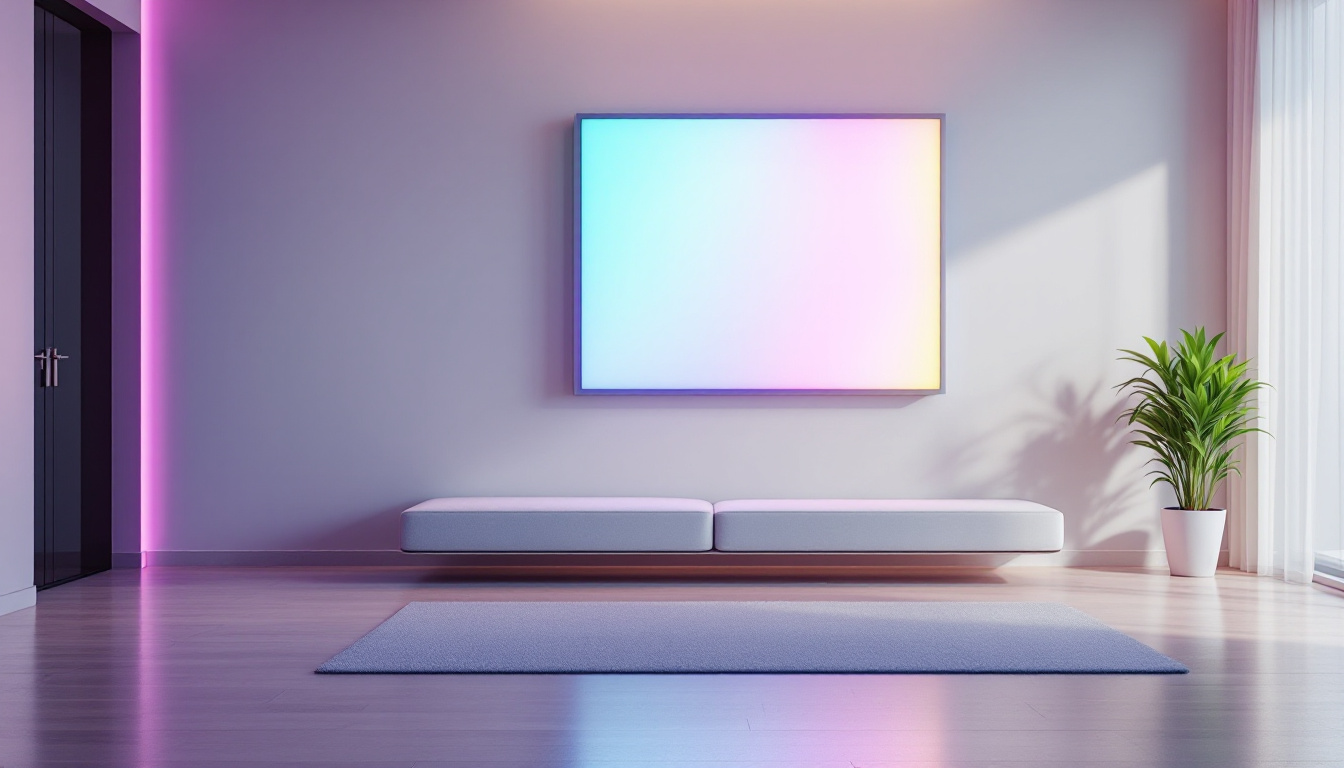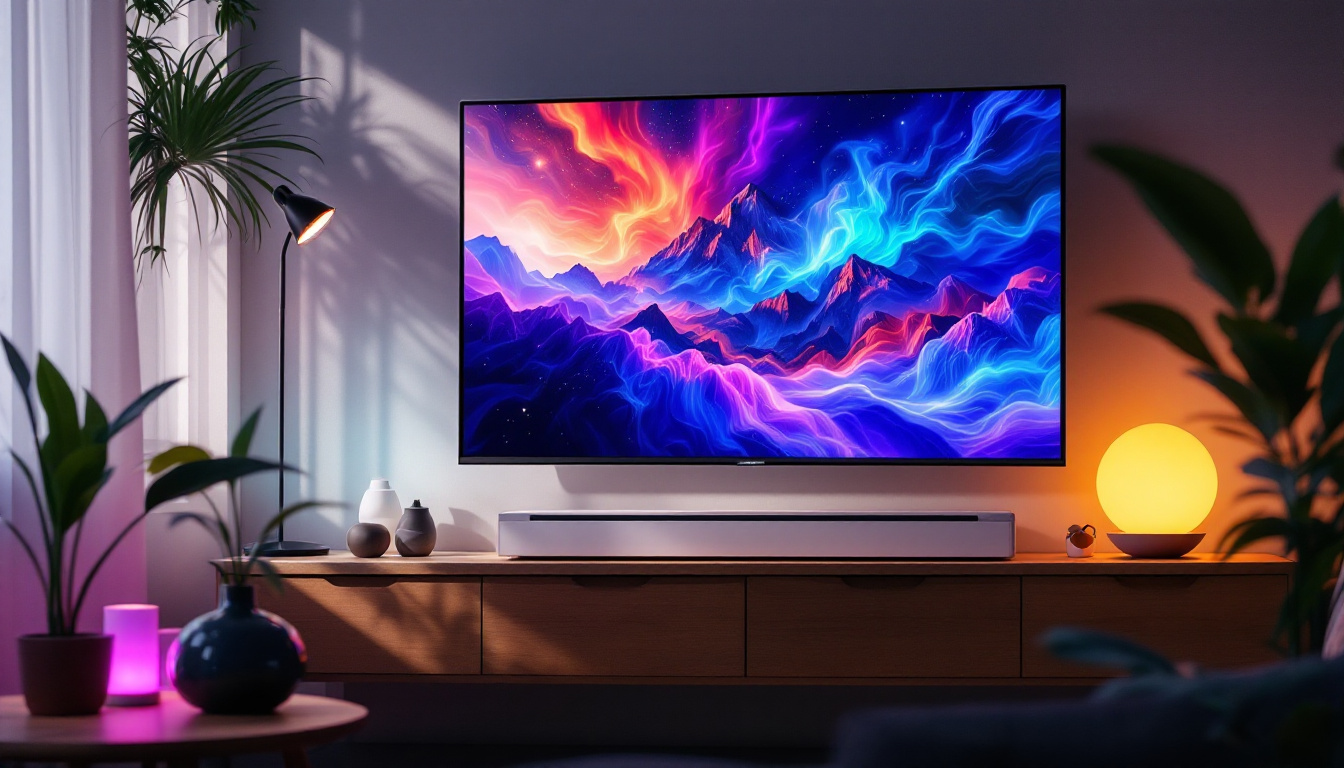In the world of computer peripherals, the desktop VESA monitor stand has emerged as a crucial component for enhancing workspace ergonomics and optimizing display performance. As more users transition to LED displays for their vibrant colors and energy efficiency, understanding the synergy between VESA stands and LED monitors becomes essential. This article delves into the intricacies of desktop VESA monitor stands and their compatibility with LED displays, providing insights into their benefits, installation, and maintenance.
Understanding VESA Standards
The Video Electronics Standards Association (VESA) is an organization that establishes standards for video displays. One of its most significant contributions is the VESA mount standard, which defines the mounting interface for monitors and televisions. This standardization ensures that various brands and models can be mounted on compatible stands, providing flexibility and choice for consumers.
What is a VESA Mount?
A VESA mount typically consists of a square or rectangular pattern of holes on the back of a monitor or TV. These holes are standardized, allowing for easy attachment to compatible stands, wall mounts, or arms. The most common VESA sizes include 75×75 mm and 100×100 mm, although larger displays may use 200×200 mm or more. This uniformity simplifies the process of selecting a monitor stand, as users can easily match their display with an appropriate mount. Furthermore, the mounting patterns not only facilitate the physical connection but also ensure that the weight distribution is optimized, reducing the risk of accidents or damage to the display over time.
Benefits of VESA Compatibility
VESA compatibility offers numerous advantages. First and foremost, it enhances the versatility of monitor setups. Users can choose from a variety of stands, including fixed, adjustable, and articulating models, based on their specific needs. Additionally, VESA mounts promote better ergonomics by allowing users to adjust the height, tilt, and rotation of their displays, reducing strain on the neck and eyes during prolonged use. This adaptability is particularly beneficial in multi-monitor setups, where precise alignment can significantly enhance productivity and comfort. Moreover, VESA standards are not just limited to traditional office environments; they are also widely used in gaming setups, home theaters, and even in educational institutions, where the ability to easily reposition screens can aid in collaborative learning and presentations.
The Rise of LED Displays
LED displays have revolutionized the way users interact with their computers. With their bright colors, high contrast ratios, and energy efficiency, LED monitors have become the preferred choice for both casual users and professionals alike. Understanding the characteristics of LED displays is essential for maximizing their potential when paired with VESA stands.
Advantages of LED Technology
One of the primary benefits of LED technology is its superior brightness compared to traditional LCD monitors. This increased brightness enhances visibility in various lighting conditions, making LED displays ideal for both home and office environments. Furthermore, LED monitors typically offer better color accuracy and wider viewing angles, which are crucial for graphic designers, photographers, and gamers who require precise color reproduction. The ability to display a broader spectrum of colors not only elevates the visual experience but also ensures that the content is presented as intended, which is particularly important in fields where color grading is essential.
Energy Efficiency and Longevity
Another significant advantage of LED displays is their energy efficiency. Compared to older display technologies, LED monitors consume less power, which not only reduces electricity bills but also minimizes environmental impact. Additionally, LED displays tend to have a longer lifespan, often lasting several years longer than their LCD counterparts. This longevity makes them a wise investment for users looking to upgrade their setups. The reduced heat output from LED technology also contributes to a cooler working environment, which can enhance comfort during extended use. Moreover, as technology continues to advance, newer LED models are being developed with even more energy-saving features, further solidifying their position as a sustainable choice in the tech landscape.
Choosing the Right VESA Monitor Stand
Selecting the appropriate VESA monitor stand is crucial for ensuring optimal performance and comfort. Various factors should be considered, including the size and weight of the monitor, the type of stand, and the intended use of the display. A well-chosen stand not only enhances ergonomics but can also improve productivity by allowing for better organization of workspace and reducing neck and eye strain.
Types of VESA Monitor Stands
There are several types of VESA monitor stands available on the market, each designed to cater to different user needs. Fixed stands provide a stable base for monitors, while adjustable stands allow users to change the height and angle of their displays. Articulating arms offer the most flexibility, enabling users to move their monitors in multiple directions for optimal viewing angles. Additionally, some stands come with built-in cable management systems, helping to keep your workspace tidy and free from clutter. This is particularly beneficial for users who have multiple monitors or who frequently adjust their setups.
Weight Capacity and Size Considerations
When selecting a VESA monitor stand, it is essential to consider the weight and size of the monitor. Each stand has a specified weight capacity, and exceeding this limit can lead to instability or damage. Additionally, the size of the monitor should match the VESA mount specifications to ensure a secure fit. Users should always check the manufacturer’s guidelines to ensure compatibility. It’s also worth noting that some stands are designed to accommodate larger monitors, often featuring reinforced materials to support heavier loads. This is especially important for professionals who utilize high-end monitors for graphic design or gaming, where stability and support are paramount.
Another factor to consider is the mounting pattern of the monitor, which is typically measured in millimeters between the mounting holes on the back of the display. Common VESA patterns include 75×75 mm and 100×100 mm, but larger monitors may require different configurations. Understanding these specifications will help you avoid compatibility issues and ensure that your monitor is securely attached to the stand. Furthermore, many modern VESA stands come equipped with features like tilt, swivel, and rotation capabilities, allowing users to customize their viewing experience further and adapt to different tasks, whether it be gaming, video conferencing, or content creation.
Installation Process
Installing a VESA monitor stand may seem daunting, but with the right tools and instructions, it can be a straightforward process. Proper installation is vital for ensuring the safety and stability of the monitor. A well-mounted monitor not only enhances your workspace aesthetics but also contributes to better ergonomics, reducing strain on your neck and eyes during prolonged use.
Tools Required
Before beginning the installation, gather the necessary tools, which typically include a screwdriver, a level, and possibly a wrench, depending on the stand design. Most VESA monitor stands come with the required mounting hardware, but having additional tools on hand can facilitate a smoother installation process. It’s also a good idea to have a soft cloth or a microfiber towel ready to protect the monitor’s screen during the setup.
Step-by-Step Installation Guide
1. **Prepare the Monitor**: Lay the monitor face down on a soft surface to prevent scratches. Locate the VESA mounting holes on the back of the monitor. If your monitor has a stand, you may need to remove it first, which typically involves unscrewing a few screws. Make sure to keep these screws in a safe place in case you need to reattach the original stand later.
2. **Attach the Mounting Plate**: Using the screws provided, attach the mounting plate to the back of the monitor. Ensure that the screws are tightened securely but avoid over-tightening, which can damage the monitor. It’s advisable to double-check the alignment of the plate before fully securing it, as a misaligned plate can lead to issues later on.
3. **Assemble the Stand**: Follow the manufacturer’s instructions to assemble the stand. This may involve attaching the base and the vertical pole or arm. Take your time during this step, as a sturdy assembly is crucial for the overall stability of the monitor. If the stand includes any adjustable features, familiarize yourself with how they work to ensure optimal use after installation.
4. **Mount the Monitor**: Carefully lift the monitor and align the mounting plate with the stand. Secure it according to the manufacturer’s instructions, ensuring it is locked in place. It may be helpful to have a second person assist you with this step, as it can be tricky to hold the monitor steady while securing it to the stand.
5. **Adjust the Position**: Once the monitor is mounted, adjust its height, tilt, and rotation to achieve the desired viewing angle. Use a level to ensure the monitor is straight. This is an important step, as an improperly positioned monitor can lead to discomfort and fatigue over time. Additionally, consider the lighting in your workspace; adjusting the monitor’s angle can help reduce glare from windows or overhead lights, enhancing your viewing experience.
Maintaining Your VESA Monitor Stand
Proper maintenance of the VESA monitor stand is essential for ensuring its longevity and functionality. Regular checks and minor adjustments can prevent potential issues and enhance the user experience.
Regular Inspections
Periodically inspect the stand for any signs of wear or instability. Check the screws and connections to ensure they remain tight and secure. If any components appear damaged or worn, consider replacing them to maintain safety and stability.
Cleaning and Care
Keeping the monitor stand clean is also important. Dust and debris can accumulate over time, potentially affecting the stand’s performance. Use a soft cloth to wipe down the stand and monitor, and avoid using harsh chemicals that could damage the finish.
Conclusion
The desktop VESA monitor stand plays a pivotal role in enhancing the user experience with LED displays. By understanding the VESA standards, the advantages of LED technology, and the importance of selecting the right stand, users can create a more ergonomic and efficient workspace. Proper installation and maintenance further ensure that the monitor setup remains functional and visually appealing for years to come.
As technology continues to evolve, the combination of VESA monitor stands and LED displays will undoubtedly remain a staple in modern workspaces. By investing in quality equipment and adhering to best practices, users can maximize their productivity and comfort in an increasingly digital world.
Enhance Your Visual Experience with LumenMatrix
Ready to take your workspace to the next level with a VESA monitor stand and the latest in LED display technology? Look no further than LumenMatrix, a leader in innovative LED solutions. From captivating Indoor and Outdoor LED Wall Displays to dynamic Vehicle and Sports LED Displays, LumenMatrix offers a wide range of products designed to revolutionize visual communication. Whether you’re looking to create an engaging All-in-One LED Display setup or seeking a Custom LED Display tailored to your needs, LumenMatrix has the expertise to bring your vision to life. Check out LumenMatrix LED Display Solutions today and transform your space with unparalleled clarity and impact.

